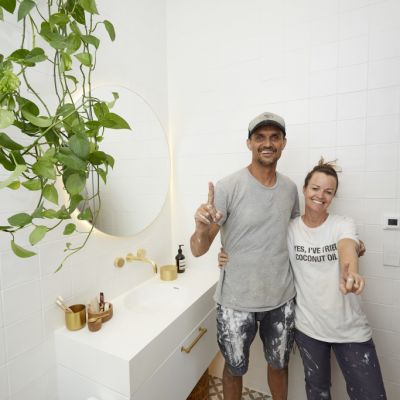Darren Palmer answers the most commonly asked design questions
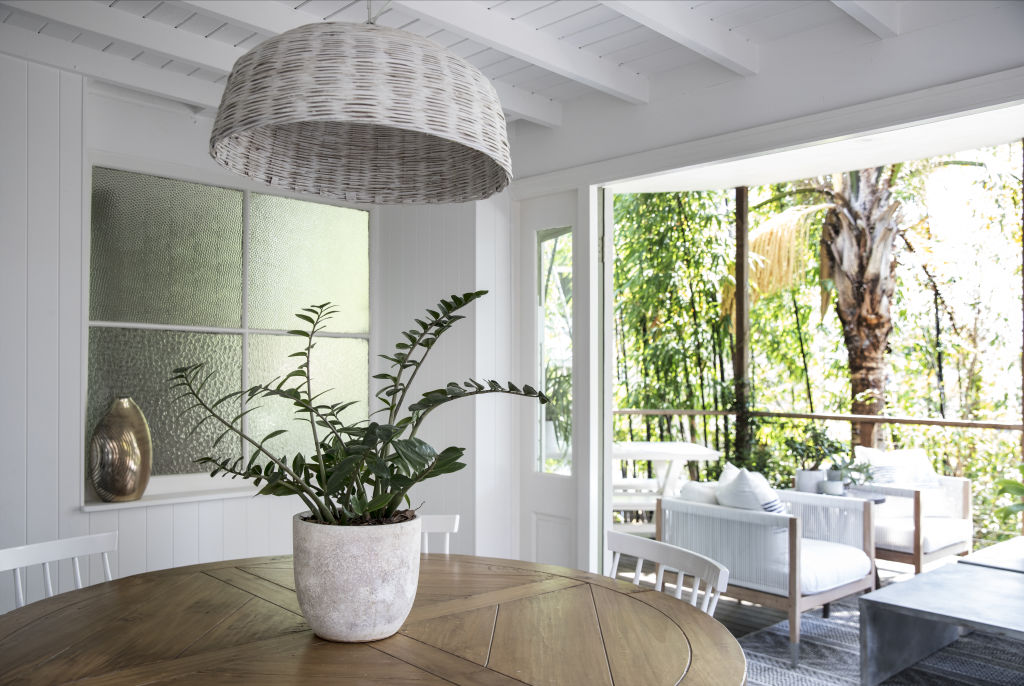
If you’re thinking about enlisting the help of an interior designer or stylist for your makeover, you’re probably wondering …
How much?
This is a tricky question. It all depends on how much work there is and what the specifications and inclusions are.
Setting a defined and rigid brief will give you the best chance of setting predictable costs. Alterations to the brief or not providing a budget will inevitably lead to cost blowouts and client dissatisfaction, so do all of the thinking and adjusting at the briefing stage. Then, when the creative comes through, the designer can provide the right solutions to the correct brief.
How long?
That’s going to depend on the brief, the budget and the creative. A small project with store-bought items can be done in days. A bathroom or kitchen might take one to three months. A whole house can run for 12 to 24 months from first meeting to handover.
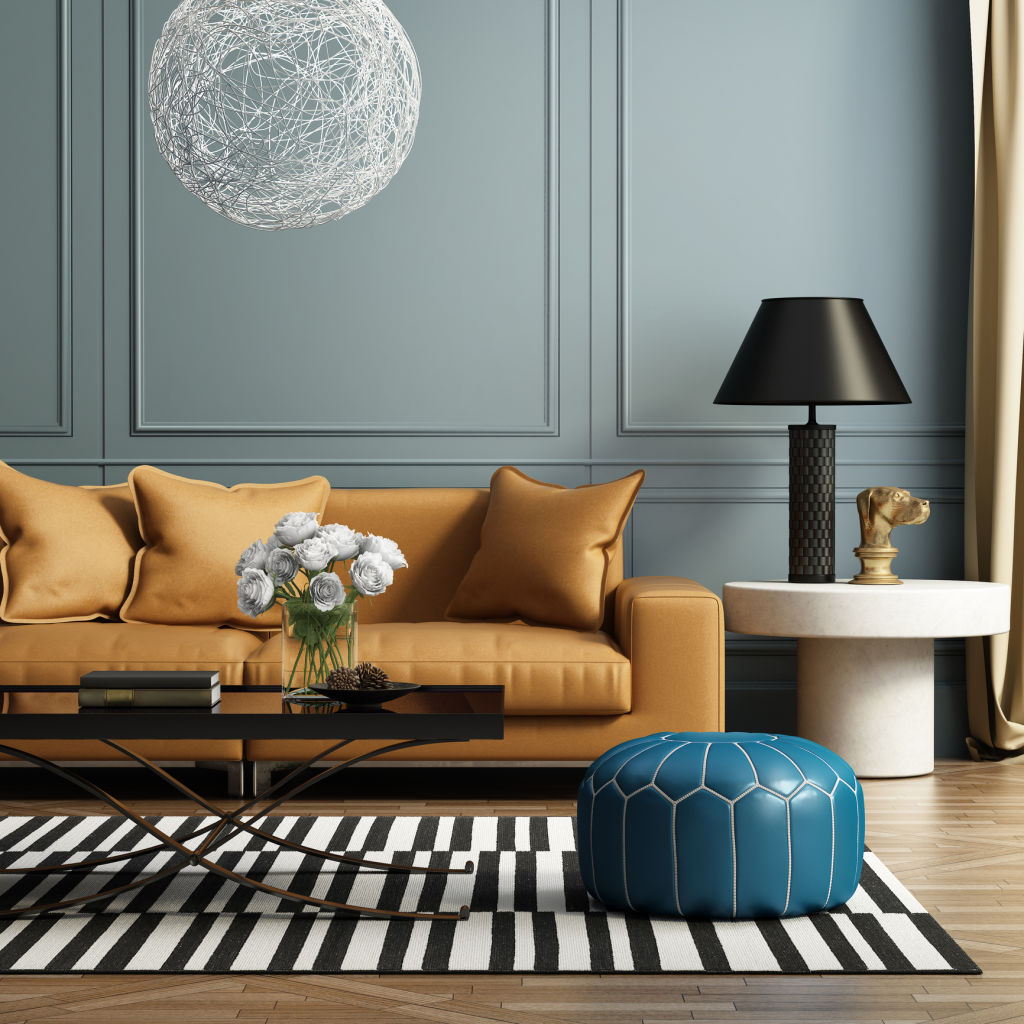
Refurbish, renovate or replace?
This is a great question and sometimes the answer isn’t always clear. Sometimes all a great home might need is a refresh. Taking to it with some paint, new inclusions and a clear style can yield spectacular results.
In other cases, a simple reinterpretation and renovation of a space might be all that’s needed. Reconfiguring the internal layout by opening it up to light, space or views will transform a home and its interior. Remember, if you’re adding a modern extension to an old build, you will be dealing with old wiring and plumbing that may cause unforseeable additions to the budget.
If the home is too far away from where you’d like it to be, then you have the option to rebuild. It is a massive undertaking but there are benefits to this approach. New builds don’t have the challenge of marrying together the old and new; you will know exactly what you’re dealing with and there shouldn’t be any surprises along the way.
What if I can’t decide?
Talking openly and often is key to resolving any doubts or queries.
The designer will lead you and guide you, but shouldn’t steamroll or force you. It’s your house and your choice because you have to live with it, but consider whether you’d tell your solicitor how to interpret the law, your accountant how to do your taxes or your dentist how to fix your teeth. You are paying a professional for their experience and insights so it’s best to listen and understand, trusting in the result, because their work is what attracted you to them in the first place.
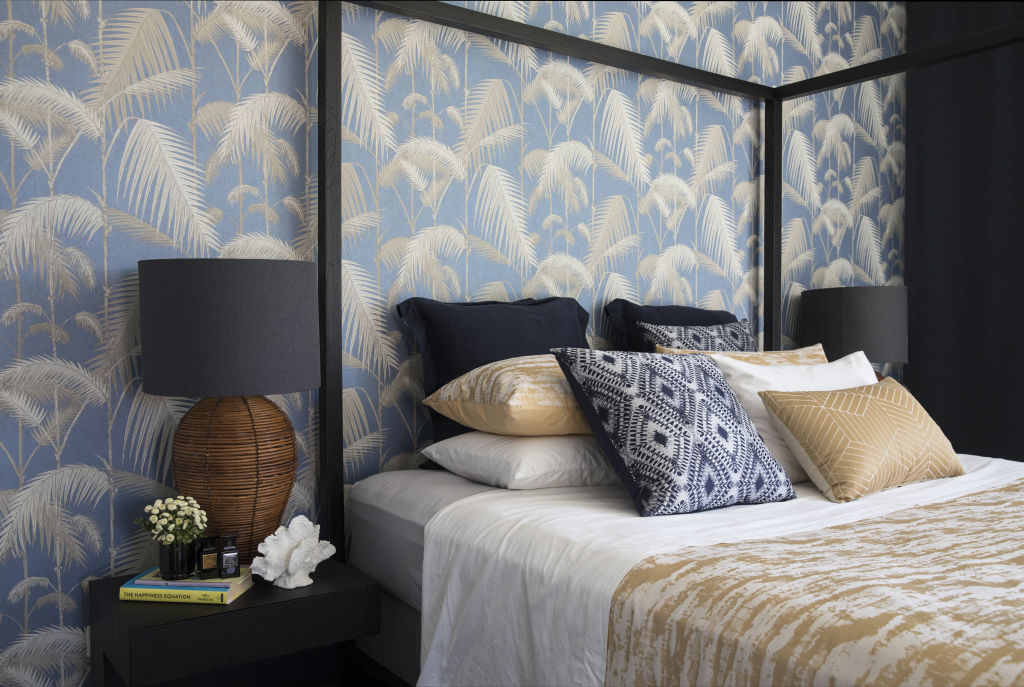
What do we do first?
There’s no perfect place to start but often assessing the style and mood is a good place to get clear on outcomes and hone ideas. Design is basically problem-solving in the most elegant and pleasing way, so fixing the problems is a good place to start.
What about the things that aren’t perfect?
There will always be defects to deal with at the end of a project. It’s wise to stage your payments to suppliers to make sure there is leverage for them to return to fix anything that requires it.
The best suppliers and contractors all will have new projects beginning as yours is ending, so they will need to take important resources away from new business to get your project finished to the appropriate level.
Don’t begrudge them this leeway, but at the same time don’t cut them the slack to take forever. A little leverage goes a long way, whether that be financial, the promise of the next project, the positive word of mouth that you can provide for them to get new work in the future or just the great relationship you’ve fostered along the way and the goodwill that comes with it.
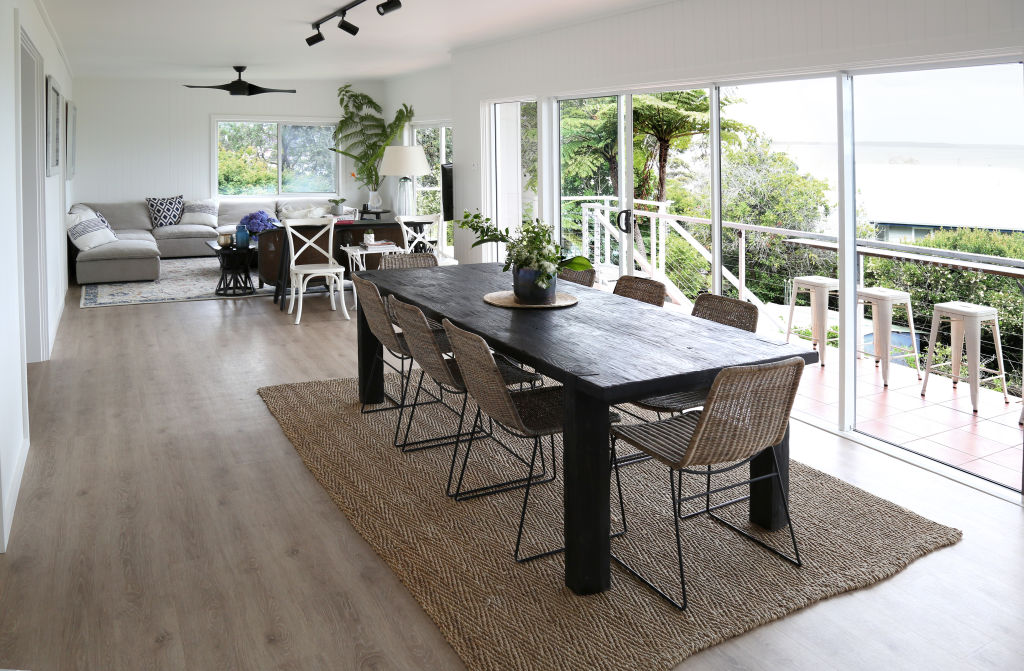
What do you need me to do?
Be available to talk and bounce ideas off when your feedback is needed. Get approvals back as soon as you possibly can, and if you’re in doubt get in touch as soon as possible so that solutions or work arounds can be found. Client availability will always impact the speed of the project.
When will you leave?!
Toward the end of a project you’ll be wondering when you’ll actually get your house back to yourself and then one day, all of a sudden, everyone will finally be gone and you’ll have your dream house all to yourself.
Darren Palmer is a judge on Channel Nine’s The Block, Sundays at 7pm.
We recommend
We thought you might like
States
Capital Cities
Capital Cities - Rentals
Popular Areas
Allhomes
More
